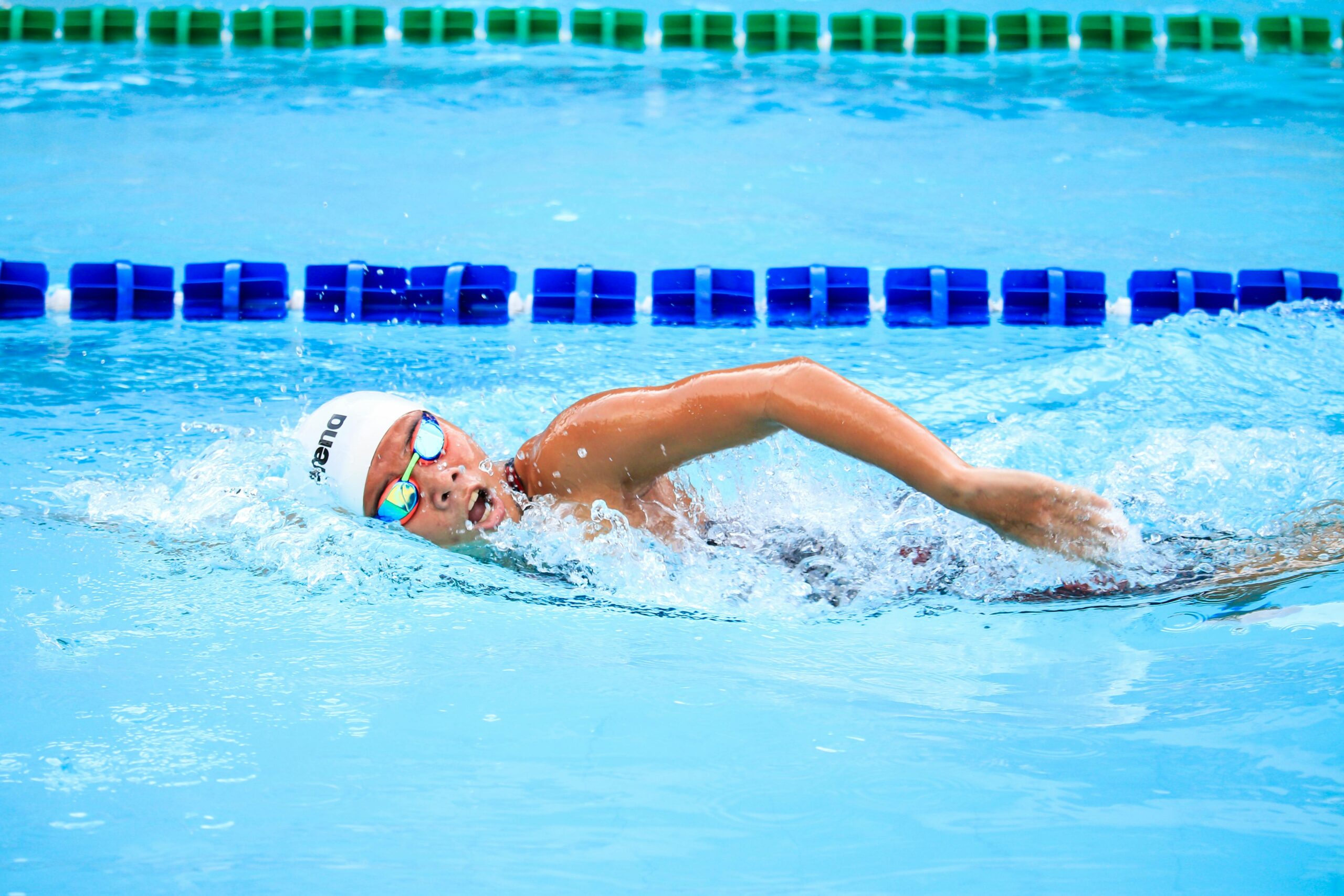When it comes to enhancing recovery and optimizing performance, athletes and fitness enthusiasts are constantly seeking effective techniques. One such powerful method is hydrotherapy. This practice leverages the therapeutic benefits of water to aid in muscle recovery, reduce pain, and improve overall well-being. In this blog, we’ll explore what hydrotherapy is, its various types, benefits, and how you can incorporate it into your fitness routine for maximum gains.
1. What is Hydrotherapy?
Hydrotherapy, also known as water therapy, involves the use of water in different forms (liquid, steam, or ice) to relieve discomfort and promote physical well-being. It has been used for centuries in various cultures for its healing properties. The principle behind hydrotherapy is that water can carry and transfer heat and energy to the body, which helps in soothing muscles, enhancing circulation, and speeding up the recovery process.

2. Types of Hydrotherapy
2.1 cold water therapy
- Ice Baths: Immersing the body in ice-cold water (typically around 50-59°F/10-15°C) for short periods.
check our post with a list of amazing ice baths for home
- Cold Showers: Taking a cold shower to stimulate blood flow and reduce inflammation.
- Cryotherapy: Using extremely cold temperatures to treat localized areas or the whole body in specialized cryo chambers.

2.2 hot water therapy
- Hot Baths: Soaking in warm water (around 92-100°F/33.3-37.8°C.) to relax muscles and improve blood circulation.
- Hot Showers: A hot shower can help relax muscles and ease tension.
- Saunas and Steam Rooms: Utilizing heat and steam to open pores, promote sweating, and relax muscles.

2.3 contrast water therapy
- Alternating Hot and Cold Baths: Switching between hot and cold water to stimulate circulation and reduce muscle soreness.
2.4 water exercises
- Aquatic Therapy: Performing exercises in a pool to reduce the impact on joints while still gaining the benefits of resistance training. An example of an exercise of aquatic therapy is walking on a treadmill underwater.
- Swimming: A full-body workout that provides cardiovascular benefits with minimal stress on the joints.

3. Benefits of Hydrotherapy:
3.1 Reduces Muscle Soreness and Inflammation:
Hydrotherapy, particularly cold water therapy, is highly effective in reducing muscle soreness and inflammation. The cold constricts blood vessels, which helps decrease swelling and numb nerve endings, providing pain relief.
3.2 Enhances Circulation:
Alternating between hot and cold water can significantly improve blood circulation. Cold water causes blood vessels to constrict, and hot water causes them to dilate. This contrast effect helps pump blood through muscles more effectively, aiding in the removal of waste products like lactic acid.
3.3 Relieves Stress and Promotes Relaxation:
Warm water therapies, such as hot baths and saunas, are excellent for relieving stress and promoting relaxation. The heat helps relax tense muscles and calm the nervous system, making it easier to unwind and recover mentally.
3.4 Improves Flexibility and Range of Motion:
Hydrotherapy can improve joint flexibility and range of motion. Warm water helps relax muscles and increase blood flow to joint tissues, making stretching exercises more effective and comfortable.
3.5. Supports Injury Recovery:
Water exercises provide a low-impact environment that supports injury recovery. The support of water reduces the strain on joints and muscles, allowing for gentle movement and strengthening without the risk of further injury.
4. How to Incorporate Hydrotherapy into Your Routine
4.1 Post-Workout Routine:
- Cold Showers or Ice Baths: After intense workouts, take a cold shower or ice bath to reduce muscle soreness and inflammation.
- Hot Baths: Use hot baths to relax muscles and improve circulation on rest days or after less strenuous workouts.
4.2. Regular Maintenance:
- Contrast Therapy: Alternate between hot and cold water treatments to stimulate circulation and enhance recovery.
- Saunas and Steam Rooms: Spend time in saunas or steam rooms to promote relaxation and detoxification.
4.3 Water Exercises:
- Aquatic Therapy: Incorporate water-based exercises into your routine, especially if you are recovering from an injury or looking for low-impact workout options.
- Swimming: Use swimming as a full-body workout that provides cardiovascular benefits and promotes muscle recovery.
4.4. Professional Hydrotherapy Sessions:
- Cryotherapy: Consider visiting a cryotherapy center for professional sessions that target specific areas of your body with extremely cold temperatures.
5. Tips for Effective Hydrotherapy
- Consistency: Make hydrotherapy a regular part of your recovery routine to experience the full benefits.
- Hydration: Drink plenty of water before and after hydrotherapy sessions to stay hydrated and support detoxification.
- Listen to Your Body: Adjust the temperature and duration of hydrotherapy sessions based on your comfort level and recovery needs.
- Combine with Other Recovery Methods: Complement hydrotherapy with other recovery techniques like stretching, massage, and proper nutrition for comprehensive recovery.
6. Conclusion
Hydrotherapy is a versatile and effective recovery method that leverages the healing properties of water to enhance muscle recovery, reduce pain, and improve overall well-being. By incorporating various forms of hydrotherapy into your fitness routine, you can experience quicker recovery times, reduced muscle soreness, and improved performance. Whether you prefer the invigorating chill of an ice bath or the soothing warmth of a hot bath, hydrotherapy offers a range of benefits to help you stay at the top of your game.